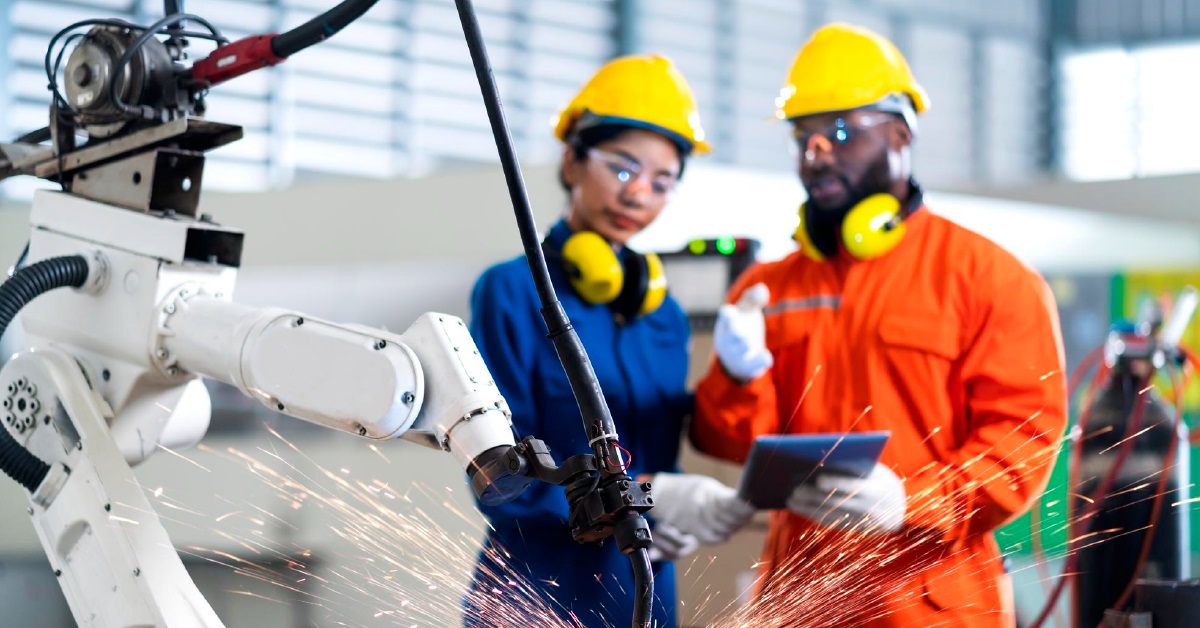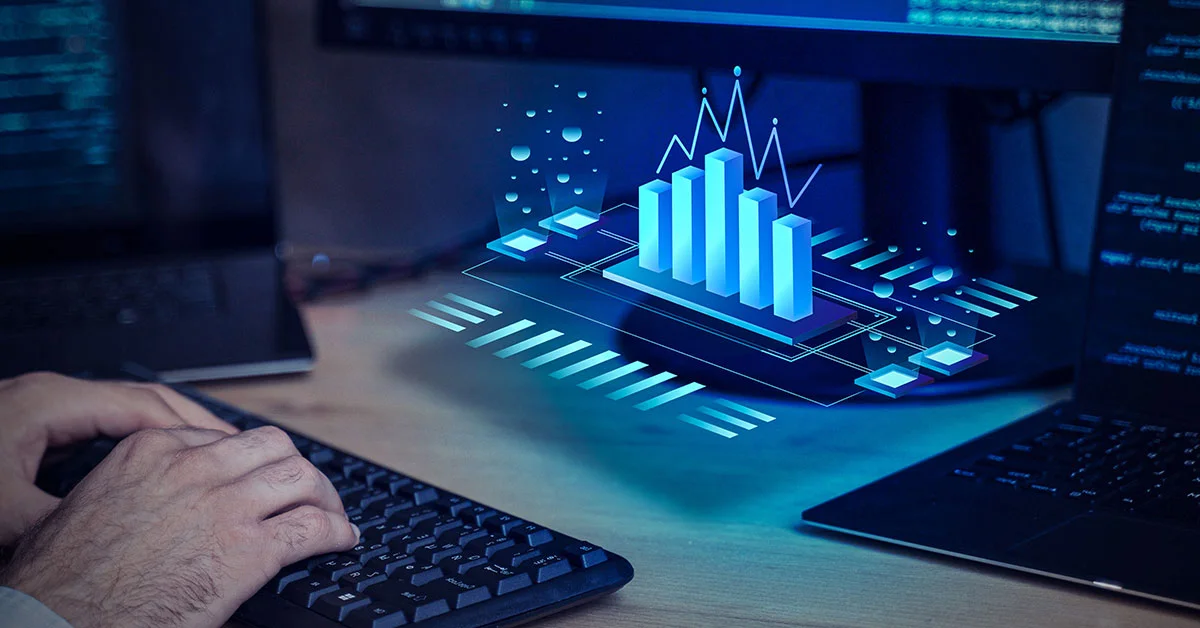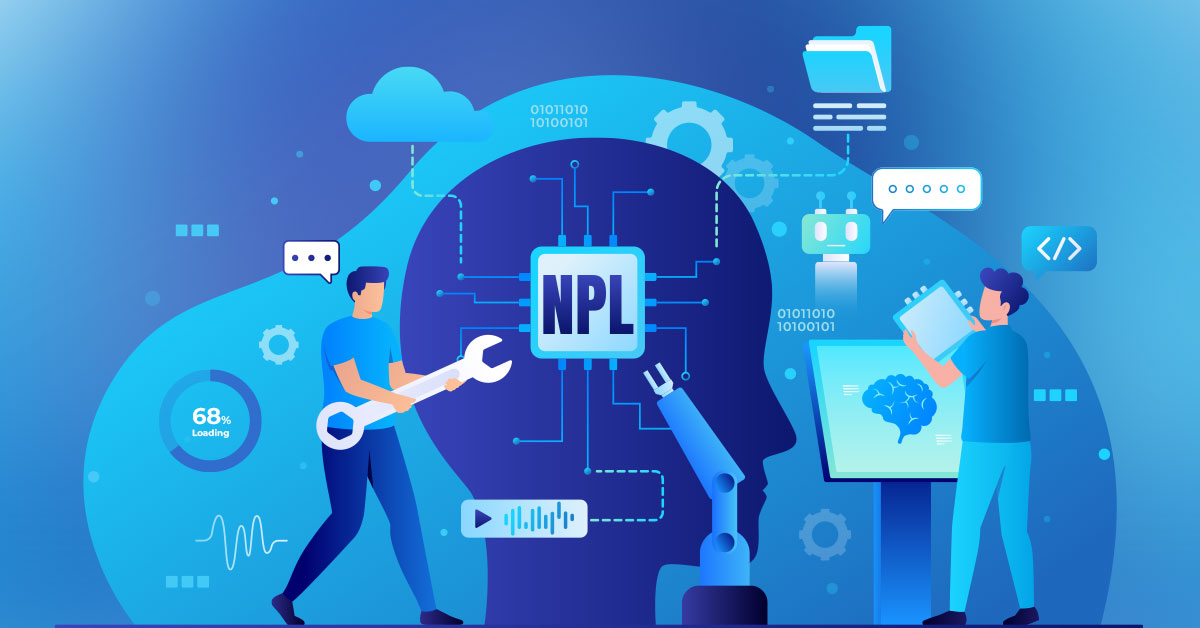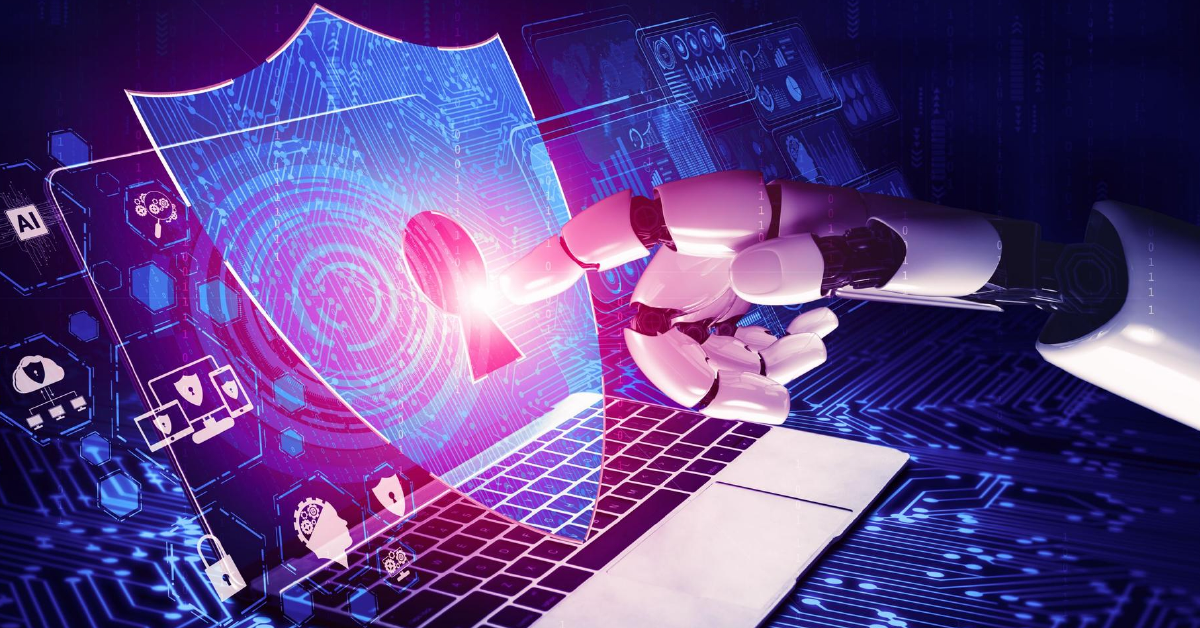Harness The Power of AI in Conjunction with IoT Devices
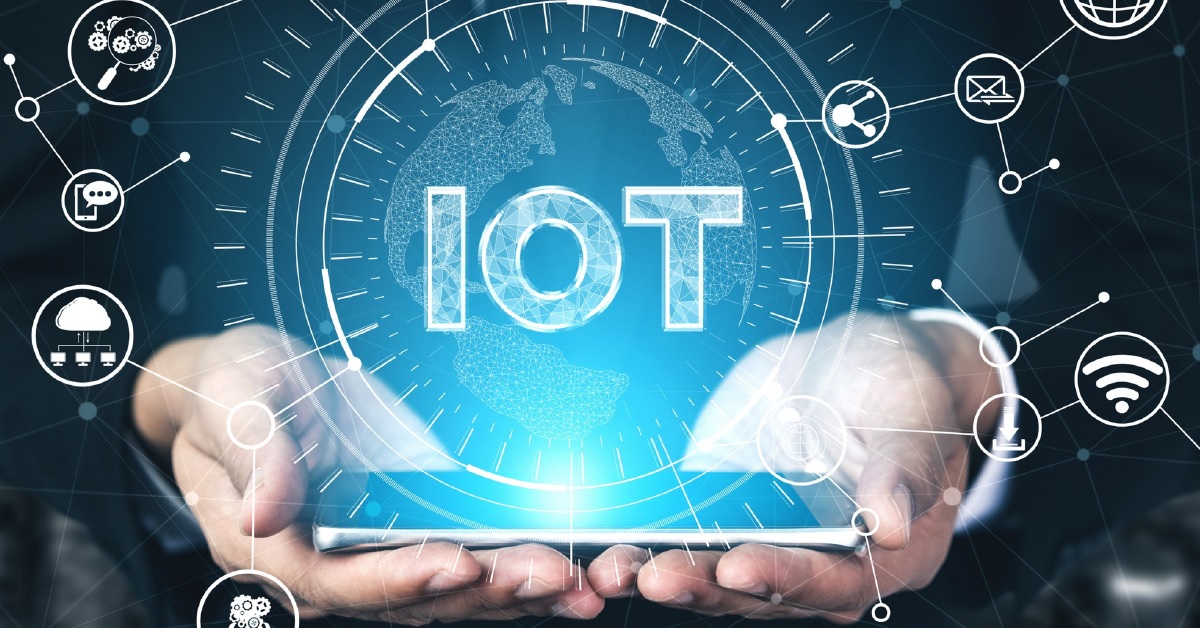
6 min read
IoT and AI are two acronyms that have gained popularity in the rapidly changing world of technology. Together, they form a powerhouse of innovation that can transform industries, increase productivity, and improve our daily lives despite the fact that each has already shown amazing potential on its own. The way we engage with technology is evolving as a result of AI and IoT, from smart homes that anticipate our wants to self-driving automobiles that seamlessly maneuver through traffic. In this blog post, we’ll examine the amazing potential that comes from fusing AI with IoT devices and how it may improve ease, security, and efficacy in every area of our lives. Buckle up because you are about to embark on a mind-blowing voyage where cutting-edge technology and human brilliance collide!
A Brief Introduction to AI and IoT
Let’s start with the basics. The Internet of Things and Artificial Intelligence are two ground-breaking technologies that have attracted much attention recently. Both of these ideas have the power to drastically alter a variety of fields, enterprises, and aspects of our daily lives.
Artificial intelligence (AI) describes how computer systems simulate human cognitive processes. It entails the use of machines to do operations that ordinarily demand the use of human cognitive skills, including learning, problem-solving, decision-making, and natural language processing. IoT, on the other hand, refers to a network of actual objects that are outfitted with sensors, software, and connectivity to communicate over the Internet. There are numerous AI development companies around the world specializing in various aspects of AI, including ML, NLP, computer vision, and more. These companies work on creating AI solutions for diverse industries such as healthcare, finance, e-commerce, and automotive, among others.
AI and IoT are being combined with the goal of developing a smart system that can gather and analyze massive amounts of data from connected devices in real time. Combining AI and machine learning with IoT technologies not only improves the efficiency and functionality of these devices but also unlocks new capabilities and applications across various industries, making our world more connected and intelligent. Combining these two technologies enables robots to decide intelligently on their own using patterns found through data analysis.
How Does The Convergence of Artificial Intelligence and The Internet of Things Contribute to The Advancement of Technology?
When these two technologies combine, something magical happens. The amount of data generated by IoT devices is enormous. However, this data remains just that without adequate analysis and interpretation. Real-time processing and analysis of this data by artificial intelligence (AI) produces insights that can be put to use. IoT devices may make better decisions and provide users additional benefits because of this collaboration.
Think about how AI is used in maintenance planning. IoT sensors regularly monitor equipment in sectors such as manufacturing and aviation. Informed by the data gathered, AI systems can anticipate when a machine is likely to malfunction, allowing for preventive maintenance. By doing this, maintenance expenses are drastically reduced in addition to downtime.
How do AI and IoT Work Together?
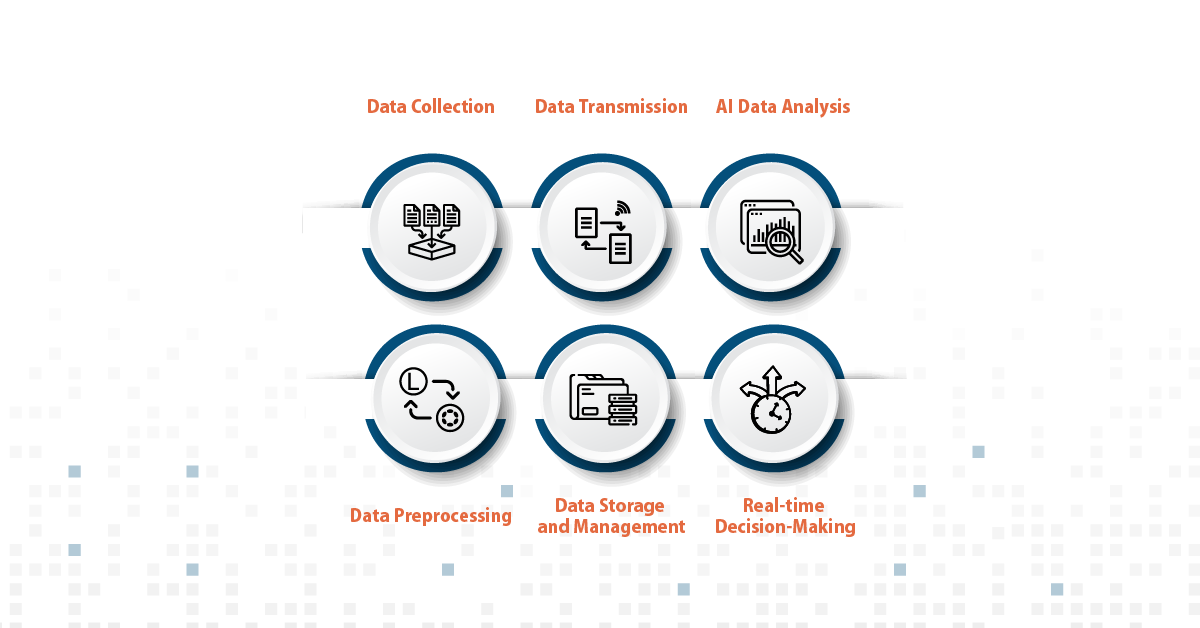
IoT and AI are interdependent; IoT improves the capabilities of IoT systems and devices, and AI provides the data required for AI algorithms to function properly. What happens when Artificial Intelligence and the Internet of Things work together?
-
Data Collection
IoT devices gather large volumes of data from sensors, cameras, and other sources. Temperature, humidity, location, motion, and a wide range of other variables can all be included in this data.
-
Data Transmission
IoT devices send the data they have gathered to a central system or cloud platform. Real-time transmission options are available, as well as storage for subsequent analysis.
-
Data Storage and Management
The data that devices collect and manage on IoT platforms. For AI systems to examine, this data serves as the starting point.
-
Data Preprocessing
Clean and processed data are frequently needed for AI systems. IoT platforms can execute data pretreatment operations, including feature extraction, normalization, and cleaning, to get the data ready for AI analysis.
-
AI Data Analysis
IoT data is analyzed by AI algorithms, including machine learning and deep learning models, to draw out insightful patterns and trends. Numerous uses for this analysis include optimization, anomaly detection, and predictive maintenance.
-
Real-time Decision-Making
Some AI systems use the data they evaluate to make judgments in real-time. AI, for instance, analyzes sensor data to direct the activities of autonomous vehicles.
In essence, AI analyses and processes the data produced by IoT devices, turning it into useful knowledge and facilitating deft decision-making. AI and IoT working together could transform a number of sectors and enhance user experiences, safety, and efficiency in numerous applications.
What are The Advantages of Fusing IoT with AI?
IoT and AI working together has several advantages. It improves effectiveness in the first place. AI-driven decision-making enables IoT devices to react independently to environmental variables. For instance, smart traffic management systems can optimize traffic flow, lowering congestion and pollution in urban areas.
Saving money is yet another important benefit. Businesses can optimize resource allocation, lower waste, and boost energy efficiency by utilizing AI to evaluate IoT data. Precision farming techniques in agriculture make use of AI and IoT to optimize fertilization and irrigation, resulting in higher crop yields with fewer resources.
AI-integrated IoT devices also facilitate better decision-making. Wearable technology can be used by healthcare providers to continuously monitor patients, while AI algorithms can spot possible health problems and immediately notify medical staff. In addition to saving lives, this lightens the load on healthcare systems.
What are The Key Challenges and Concerns Associated with the Integration and Coexistence of AI and IoT Technologies?
The usage of AI and IoT together is fraught with difficulties and worries. Of course, using this powerful combination is not without its challenges. Data privacy and security are extremely important. Sensitive data being gathered by IoT devices and huge datasets are necessary for AI algorithms to work properly. Data and user privacy must be protected using appropriate encryption, access controls, and anonymization methods.
Collaboration between industry players and the creation of strong cybersecurity policies are necessary to address these issues. As technology develops, ethics must take precedence, and we must make sure that AI algorithms are impartial, fair, and devoid of prejudice.
While the integration of AI and IoT offers many advantages, there are also some difficulties and issues to be aware of:
-
Data security and privacy
The enormous volume of data produced by IoT devices might be a gold mine for thieves. A major concern is preventing breaches of sensitive data and ensuring user privacy.
-
Risks related to cyber security
IoT devices are frequently targets of cyberattacks. When AI is included in these devices, it can create new attack vectors, which could risk both data security and system performance.
-
Interoperability
IoT devices use many different manufacturers and communication protocols. It can be difficult and complex to ensure flawless interoperability and integration with AI systems.
-
Scalability
It can be difficult to manage the massive amount of data that IoT devices produce, let alone scale AI systems to evaluate this data effectively.
-
Complexity of AI Models
Running complicated AI models on IoT devices with limited computational resources can strain those resources, increase energy consumption, and present operational difficulties.
-
Data Quality
IoT data quality might range from noisy to incomplete to unreliable. High-quality data is essential for AI models, but cleaning and preparing it can take a lot of time and resources.
-
Ethical Issues
The use of AI in Internet of Things applications may bring up moral concerns about biases in AI algorithms, the possibility of intrusive surveillance, and the openness of decision-making.
A multifaceted approach incorporating technological innovation, legal frameworks, business standards, and public education is necessary to address these issues. To balance the potential advantages of AI and IoT while reducing the risks and issues raised by these technologies, organizations and policymakers must collaborate.
-
Ethical Considerations
We must proceed cautiously, even though the possibilities are thrilling. At the forefront of AI-IoT development must be ethical issues. To ensure that the advantages are spread fairly and nobody is left behind, transparent data practices, algorithm fairness, and responsible AI governance are essential.
Conclusion
In conclusion, utilizing the power of AI in conjunction with IoT devices offers a revolutionary advancement in the field of technology and innovation. The symbiotic relationship between these two dynamic forces has the power to alter industries, increase productivity, improve user experiences, and generate previously unheard-of insights from the data-rich environments. It is key to approach this convergence, nevertheless, with a thorough grasp of the difficulties and issues it raises, such as data privacy, security, and ethical issues. A future where intelligent, data-driven solutions enhance our lives, our businesses, and our world in ways we are only now beginning to envision is promised as we manage these difficulties. We can create the foundation for a more interconnected, intelligent, and sustainable future by sensibly utilizing this potential. Explore more AI solutions here https://www.pranathiss.com/
Published: October 13th, 2023

